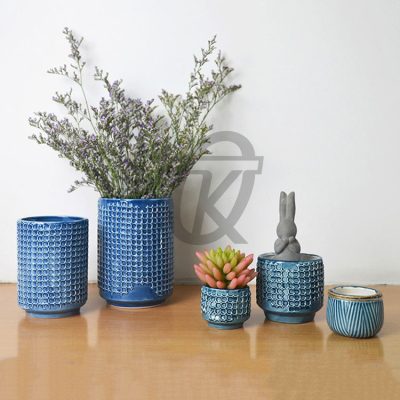Rose, crape myrtle, scutellaria barbata, plum blossom, citrus, dahlia, etc. are all positive flowers. If there is insufficient sunlight, it is easy to cause excessive branches and leaves, soft and thin tissues, pale and yellow leaves, difficult to blossom or poor flowering, and vulnerable to pests, so it is not good to raise them on a shaded balcony.
In addition, some flowers can only grow well in a shady environment without direct sunlight. For example, orchids, asparagus, camellia, azalea, and kaffir are all negative flowers. Under strong sunlight, their branches and leaves will wither and yellow, their growth will stagnate, they will not bloom, and they will die in serious cases. Hosta is also a female flower, which can be cultivated well on shady balconies.
There are also some flowers that grow well in a sunny environment. When the sun is strong in summer, it is better to add shade, such as osmanthus, wintersweet, hibiscus, gardenia and other neutral flowers. When dealing with the relationship between flowers and light, seasonal changes should also be taken into account. Generally, the light is strong in summer, weak in spring and autumn, and even weaker in winter.
Negative flowers are not suitable for strong sunlight in summer, but weak sunlight in spring, autumn and winter, Generally, they can adapt to “weak light”, which is beneficial to their photosynthesis and growth. In particular, it is beneficial to flower bud differentiation. If the negative flowers are less exposed to scattered light, they will not bloom. Therefore, in addition to summer, shade measures should be taken for negative flowers to avoid strong direct light, they should also be given appropriate light in other seasons, especially in the morning and evening.







